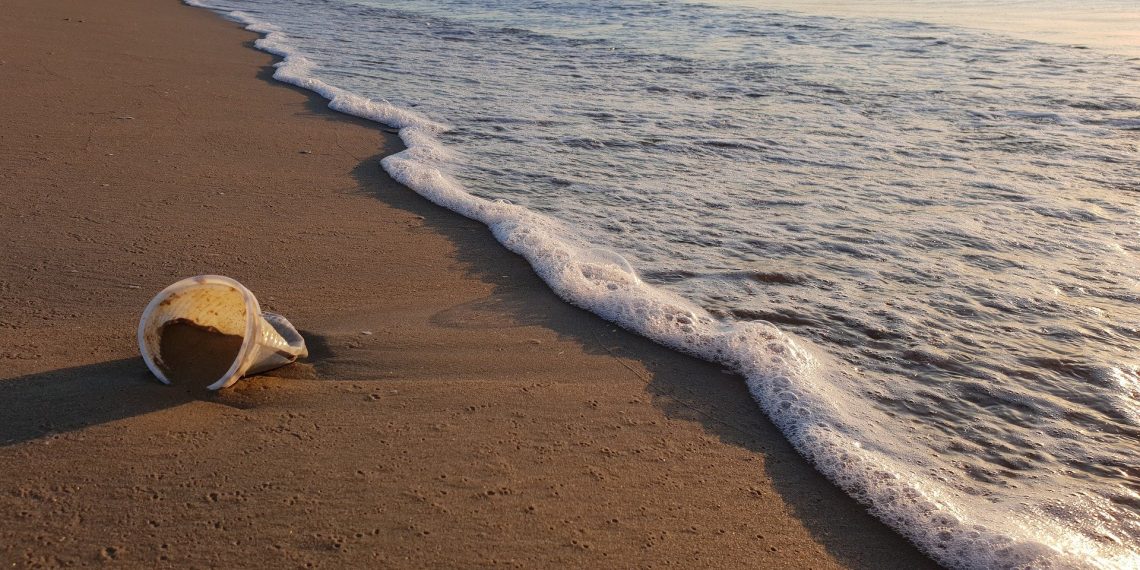INESC TEC and ESA will test technology to detect plastics in the sea
INESC TEC signed a contract with the European Space Agency’s (ESA) General Support Technology Programme (GSTP) to test sensor-based perception technologies capable of detecting plastics in coastal areas and shallow waters.
30th January 2020
The tests - consisting in measurements with hyperspectral sensors, for the remote detection of marine litter - will be carried out on manned planes and unmanned systems (drones), developed by the Centre for Robotics and Autonomous Systems, off the coast of Faial (Azores).
“The primary objective is the detection of plastics. Then, we aim to assess the ability to identify different types of plastics based on their spectral signatures. In this sense, we will carry out tests on manned aircraft and unmanned systems at different altitudes, in order to assess which is the minimum detectable plastic dimension”, said Eduardo Silva, researcher at INESC TEC and professor at the School of Engineering of Porto (ISEP).
The real-time tests will take place off the island of Faial, during May and June, thus enabling researchers to assess whether this type of hyperspectral sensors are actually effective in detecting plastics, as well as the limits of said detection
"ESA has been actively working on optical methodologies to detect marine litter, particularly plastic, from space. In previous studies, we have identified the preliminary observational and sensory requirements necessary to detect marine plastics (up to a certain concentration) from a satellite; and we are now looking forward to improve this knowledge. We believe that the project can contribute to the development of ad hoc remote sensing technology and techniques, which will help solving the global issue of plastic pollution in our oceans”, explained Paolo Corradi, the optical systems engineer who monitors ESA's activities on the remote detection of plastics in the sea.
In the future, researchers hope this technology will effectively identify "hot-spots" of floating plastics.
“After all the tests with ESA, which will allow us to evaluate the limits and performance of this technology, we will focus on adapting and developing it, so it can be used in monitoring satellites”, said Eduardo Silva, who is part of the project team, together with CRAS researchers Hugo Silva, Diana Viegas, André Dias and Sara Freitas.
The IMAR/Okeanos Center of the University of the Azores (Institute of Marine Research) and the AIR Center (Atlantic International Research Center) are also part of this project - supported by the FCT and covering different fields, like electrical engineering, image processing, applied physics, optics and robotics.
The GSTP promotes the development of technology for future ESA missions, thus ensuring that the right technology is available at the right time. It is an optional programme that each of the participating states chooses to support. The GSTP has actively supported the Portuguese industry since 2005.
The INESC TEC researchers mentioned in this news piece are associated with INESC TEC and P.Porto/ISEP.


